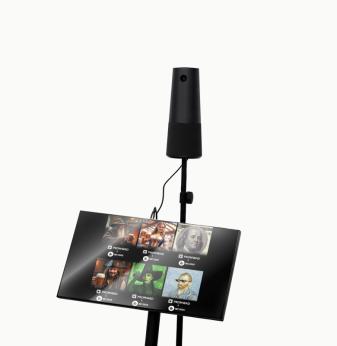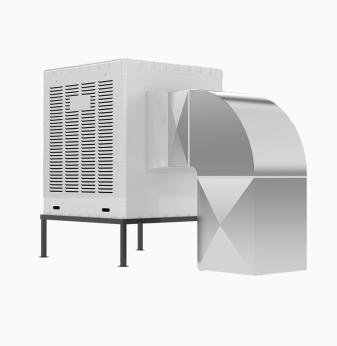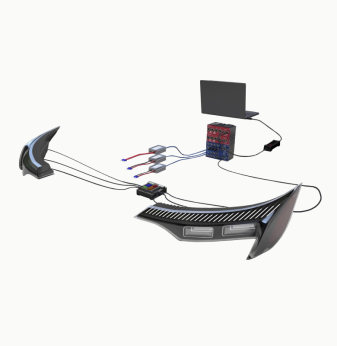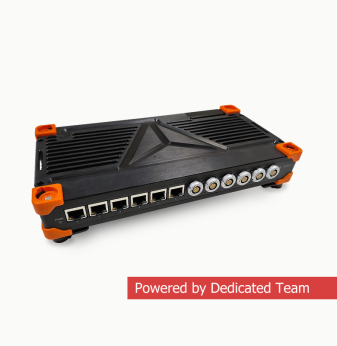Sustainable Design for Embedded Electronics: Trends and Engineering Strategies
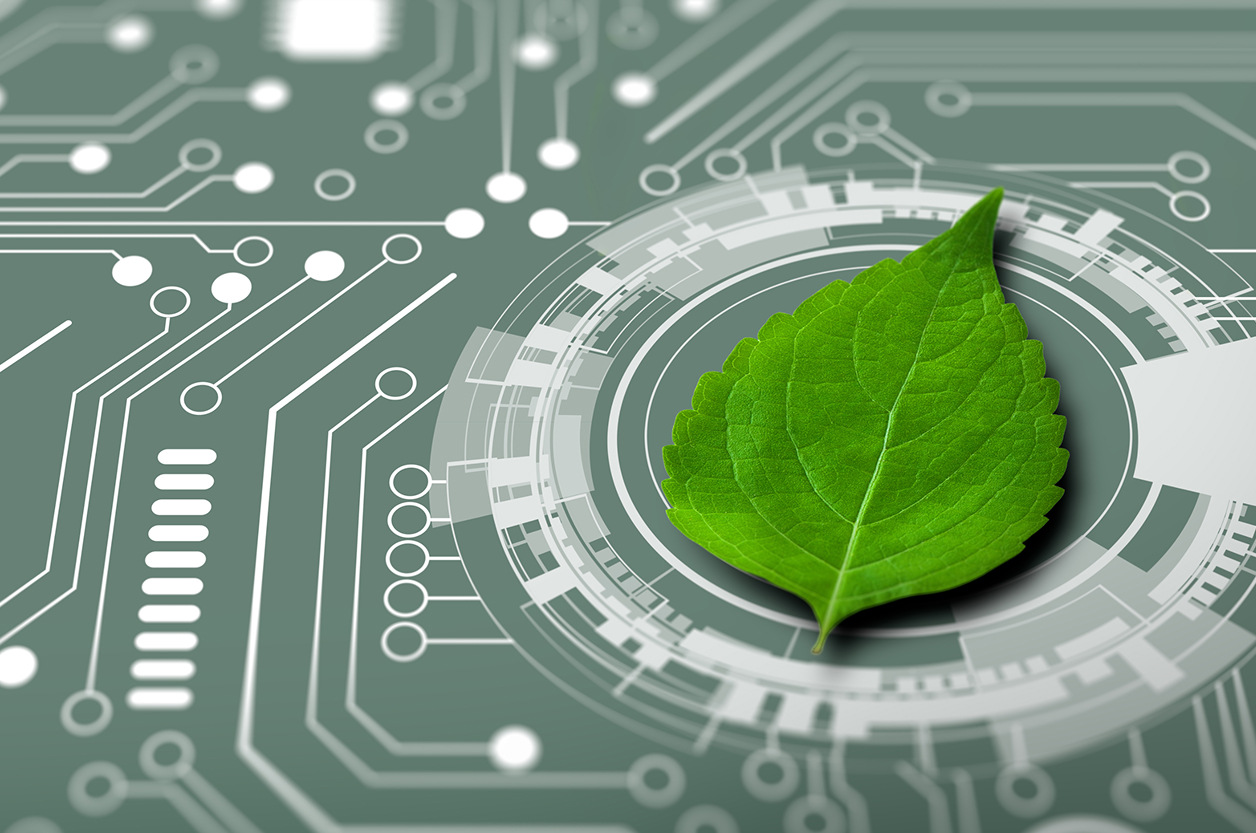
As global industries focus on decarbonization and circular economies, embedded systems are under new scrutiny for their environmental footprint. From IoT sensors to industrial controllers and consumer devices, these products drive growing electronic waste (e-waste) and energy consumption — both during use and manufacturing.
For design teams, this means embedding sustainability directly into their engineering strategy. Beyond marketing claims of “green tech,” customers and regulators increasingly demand measurable reductions in lifecycle impact. In this article, we explore how engineers can build sustainable embedded systems, from power optimization to material choices, with a look at emerging regulations and real-world trends.
Why Sustainability is Now a Core Engineering Requirement
Rising Regulatory Pressure
Governments worldwide introduce stricter rules on recyclability, hazardous materials, and energy efficiency. Examples include:
- EU EcoDesign directives that limit standby power and require easier disassembly.
- RoHS & REACH controlling hazardous substances.
- Extended Producer Responsibility (EPR) laws that shift end-of-life costs back to manufacturers.
Customer and Investor Demands
B2B buyers increasingly expect ESG (Environmental, Social, Governance) reporting from suppliers, including carbon disclosures tied to electronics.
Competitive Differentiation
Offering longer-life, upgradeable, or lower-power products can be a key selling point — opening doors in sectors like smart buildings or industrial automation where energy savings translate directly to cost reductions.
Major Strategies for Sustainable Embedded Design
Low Power Consumption by Design
The easiest way to reduce operational carbon footprint is to cut power at the source.
- Use ultra-low-power MCUs with deep sleep modes (<1 µA standby).
- Employ event-driven wakeups from accelerometers or touch sensors.
- Optimize software loops and use DMA to minimize active CPU time.
Modern IoT platforms with aggressive sleep can run on small batteries or energy harvesters, extending life and reducing battery waste.
Minimize Materials and Complexity
Every chip, capacitor, or connector has an embedded carbon footprint from mining, processing, and shipping.
- Use SoCs or integrated modules to replace multiple ICs.
- Reduce PCB layers where signal integrity allows.
- Avoid overdesigning for margins that aren’t required by the application.
Select Eco-Friendlier Components
- Choose halogen-free PCBs.
- Source plastics with recycled content or biodegradable additives.
- Select suppliers certified under ISO 14001 (environmental management).
Lifecycle Thinking: From Manufacturing to End-of-Life
Design for Longer Lifespan
Include OTA update mechanisms so features or security can evolve without hardware replacement. Overrate key components (voltage, temperature specs) to extend reliability.
Facilitate Repair and Recycling
Avoid potting or irreversible glue where screws suffice. Mark plastic types and avoid mixed-material assemblies that complicate recycling.
Plan for End-of-Life Data Wiping
For smart devices, secure data erase processes prevent hardware from becoming e-waste just to protect privacy.
Energy-Efficient Protocols and Architectures
Network Efficiency
Choosing the right wireless protocol has massive energy implications:
- BLE, Zigbee, and LoRaWAN offer very low duty cycles versus Wi-Fi or LTE.
- Duty cycling with scheduled sleeps (common in industrial sensor networks) can cut active radio time by 90%+.
Efficient Edge Processing
Moving analytics from the cloud to embedded processors (TinyML) saves on constant data transmissions, reducing network and data center energy use.
Advanced Techniques: Harvesting and Local Optimization
Energy Harvesting
Solar, vibration, or thermal harvesting lets ultra-low-power nodes operate indefinitely, avoiding battery swaps.
- Solar: even small indoor panels suffice for <100 µA average loads.
- Thermoelectric generators in machinery leverage temperature differentials.
Local Adaptation
Smart systems that dim displays or modulate sensor polling based on usage reduce total energy draw over a device’s lifespan.
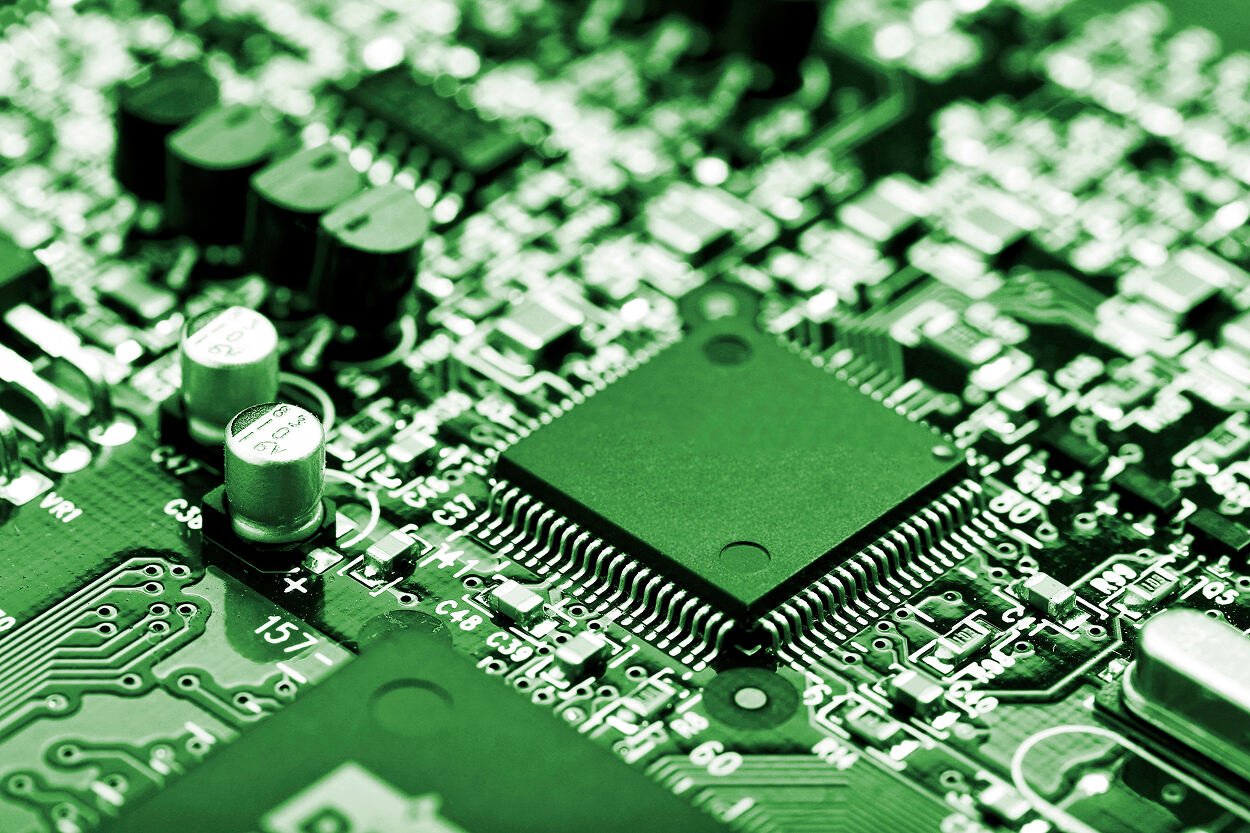
Long-Tail Technical Questions and Engineering Answers
How can I reduce PCB impact on sustainability?
Use lower-layer counts, minimize heavy copper unless absolutely needed. Halogen-free and lead-free processes are common; specify them explicitly to fabricators.
Does moving compute to the edge really save energy?
Yes. Constantly streaming sensor data to the cloud consumes far more network and server energy. Local processing with only results uploaded slashes total system power.
How does OTA help with sustainability?
It extends device lifetime by adding features or fixing bugs that might otherwise require hardware swaps, reducing both e-waste and embodied emissions.
Are recycled plastics reliable in electronics?
Modern suppliers produce consistent mechanical and flame-rated recycled resins. They’re increasingly used in housings without compromising durability.
What standards guide sustainable embedded design?
ISO 14001 for supplier environmental management, IEC 62430 for environmental considerations in product design, IEEE 1680 (EPEAT) in IT pushing energy efficiency and materials disclosure.
Future Trends in Sustainable Embedded Systems
Circular electronics: Modules that are easily disassembled and reused across product generations.
Carbon accounting at PCB level: EMS partners increasingly provide carbon footprints per board, helping designers compare suppliers.
Machine learning for efficiency: Predictive control reduces energy use dynamically — for example, adjusting sensor frequency only when system states change.
Conclusion: Engineering for a Sustainable Future
Sustainable design is no longer optional or purely a marketing angle. It’s a core technical discipline driven by regulation, customer expectations, and a growing realization that every watt-hour and gram of material matters.
Embedded engineers have powerful levers: from choosing ultra-low-power architectures and recyclable materials to implementing smart OTA and predictive algorithms. Each design decision shapes not just the product but its entire lifecycle impact.
At Promwad, we integrate these principles from concept to production — designing embedded systems that meet functional goals while minimizing environmental footprints. If your next project needs to align with sustainability targets, our hardware and firmware experts can help build greener, longer-lasting solutions.
Our Case Studies

